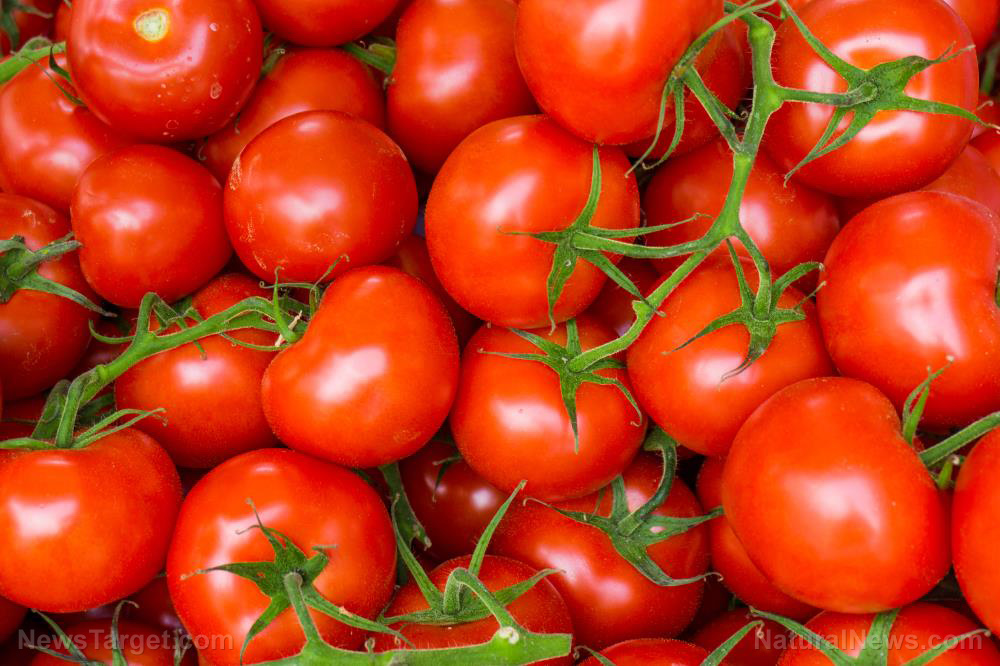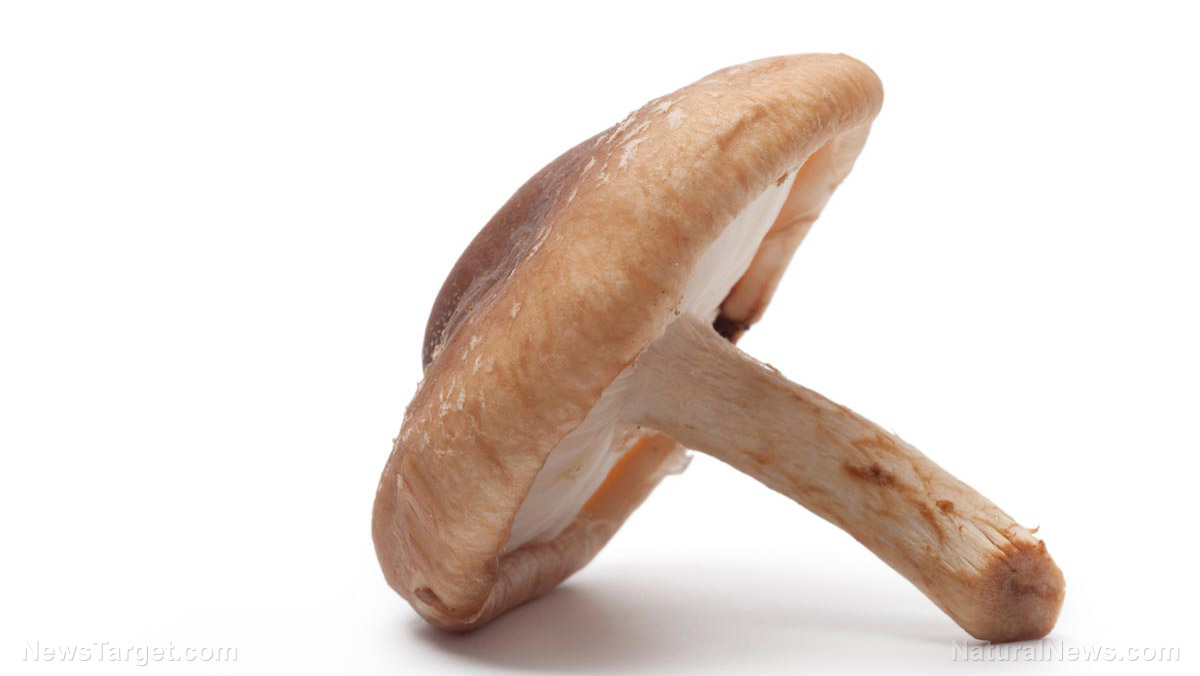Western diet full of red meat and sugary drinks is a breeding ground for gout, reveals new study
01/10/2019 / By Rhonda Johansson

Here’s another reason to avoid the typical Western diet: It can increase your risk of developing gout. This was the conclusion of a 26-year long study that observed more than 44,000 men and their dietary habits. Speaking to the Daily Mail, lead research Dr. Hyon Choi from the Harvard Medical School, noted that participants who ate more fruits, vegetables, nuts, and legumes (or who followed the Dietary Approaches to Stop Hypertension (DASH) diet) were 32 percent less likely to develop the arthritic condition compared to those who consumed more red meat, soft drinks, and sugary snacks. While these findings are not conclusive, Dr. Choi has said that a high fruit and wholegrain diet “may provide an attractive preventive dietary approach for the risk of gout.”
Dr. Choi and his team have found that the DASH diet, while initially developed to lower blood pressure and prevent heart disease, also decreased uric acid levels in the body, which, they hypothesize, reduced the risk of gout.
That being said, a spokesman for the U.K. Gout Society quipped in the same Daily Mail article, “Gout is excruciatingly painful and left untreated it can cause irreversible damage to the joints. While diet and lifestyle are important, it is only a small contributor to the likelihood of getting the condition. Other important risk factors for gout include family history and genetics, being overweight, taking certain medicines, diabetes, high blood pressure and cholesterol, heart disease, kidney problems and, in some cases, crash dieting.”
Regardless, Dr. Choi has asserted that food preferences do play a role in overall health. (Related: Gout: Another metabolic disorder that can be controlled through lifestyle.)
An introduction to the DASH diet
This is a non-medication, all-natural diet developed to lower blood pressure. According to DASHDiet.org, it was ranked as the number one diet by the U.S. News & World Report from 2011 to 2014. This specific diet is also recommended by the National Heart, Lung, and Blood Institute, the American Heart Association, and the Dietary Guidelines for Americans. It can be considered as the “Americanized” version of the Mediterranean diet. The original DASH plan would follow these serving sizes for a typical 3,000 calorie diet: six to 12 servings or grains or grain products, four to six servings of fruits, four to six servings of vegetables, two to four servings of low-fat or non-fat dairy food, 1.5 to 2.5 servings of lean meats, fish, or poultry, two to four servings of fats and sweets, and three to six servings of nuts, seeds, and legumes, per week.
The DASH diet is meant to lower blood pressure by flooding the body with essential nutrients such as potassium, calcium, and magnesium, while reducing the intake of sodium.
Gout cases expected to rise as world’s waistline expands
Gout is the most common form of arthritis and is characterized by intense pain, swelling, redness, and heat in a specific joint. Gout flares usually start suddenly and can last for days or weeks. However, some patients suffer from a more chronic condition. To date, there is no cure for gout. The Centers for Disease Control and Prevention (CDC) notes that gout usually occurs among men over 30 and among obese adults. Gout manifests when there is too much uric acid in the body. The acid crystallizes and builds up in joints and tissues.
An article on Scientific American claimed that the prevalence of gout in America has more than doubled in the last 50 years. The article cited a study which suggested that around four percent of U.S. adults have been diagnosed with gout at some point. This percentage, it was concluded, is expected to increase in the next decade as more people become overweight.
Sources include:
Tagged Under: DASH diet, gout, gout prevention, slender, western diet



















